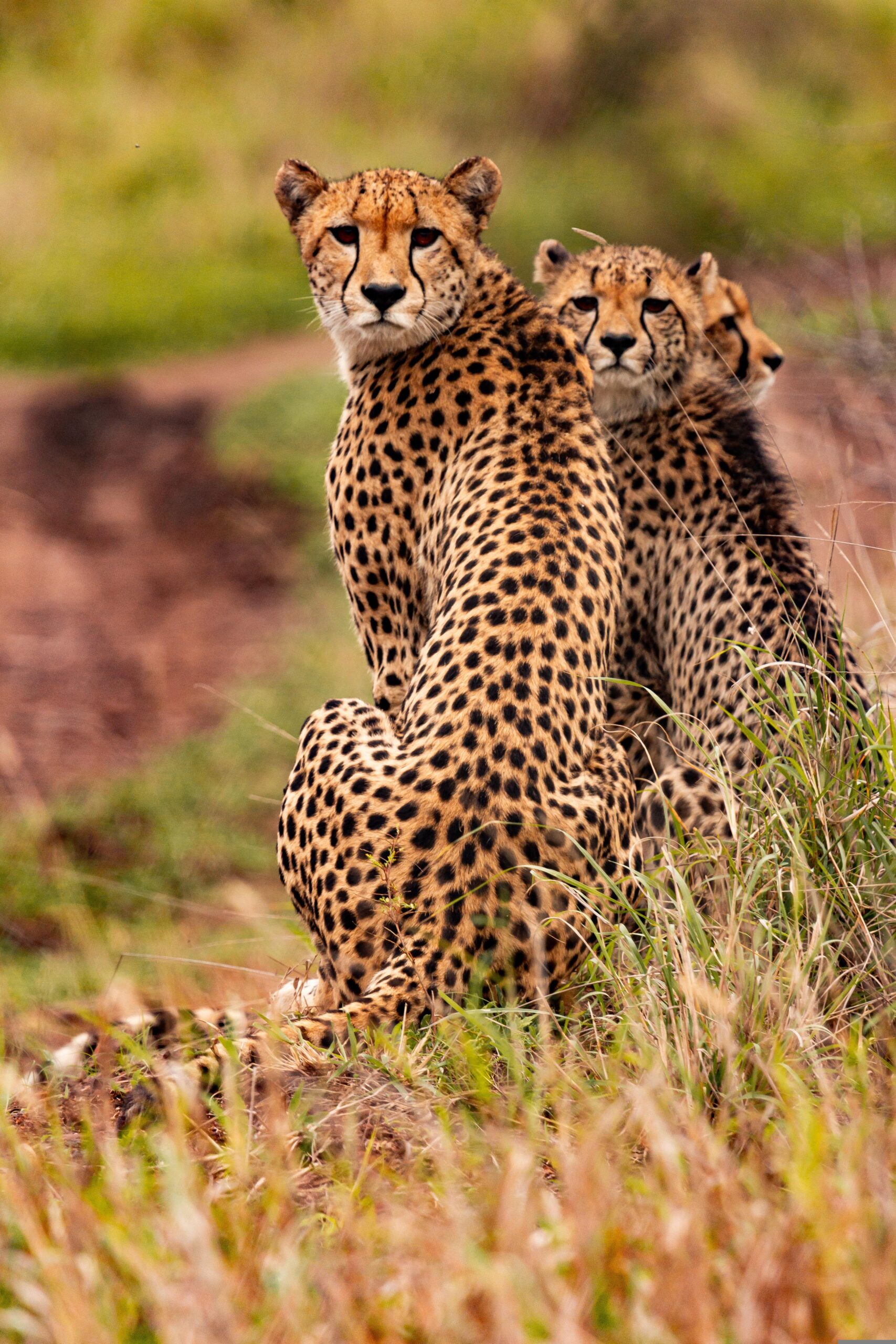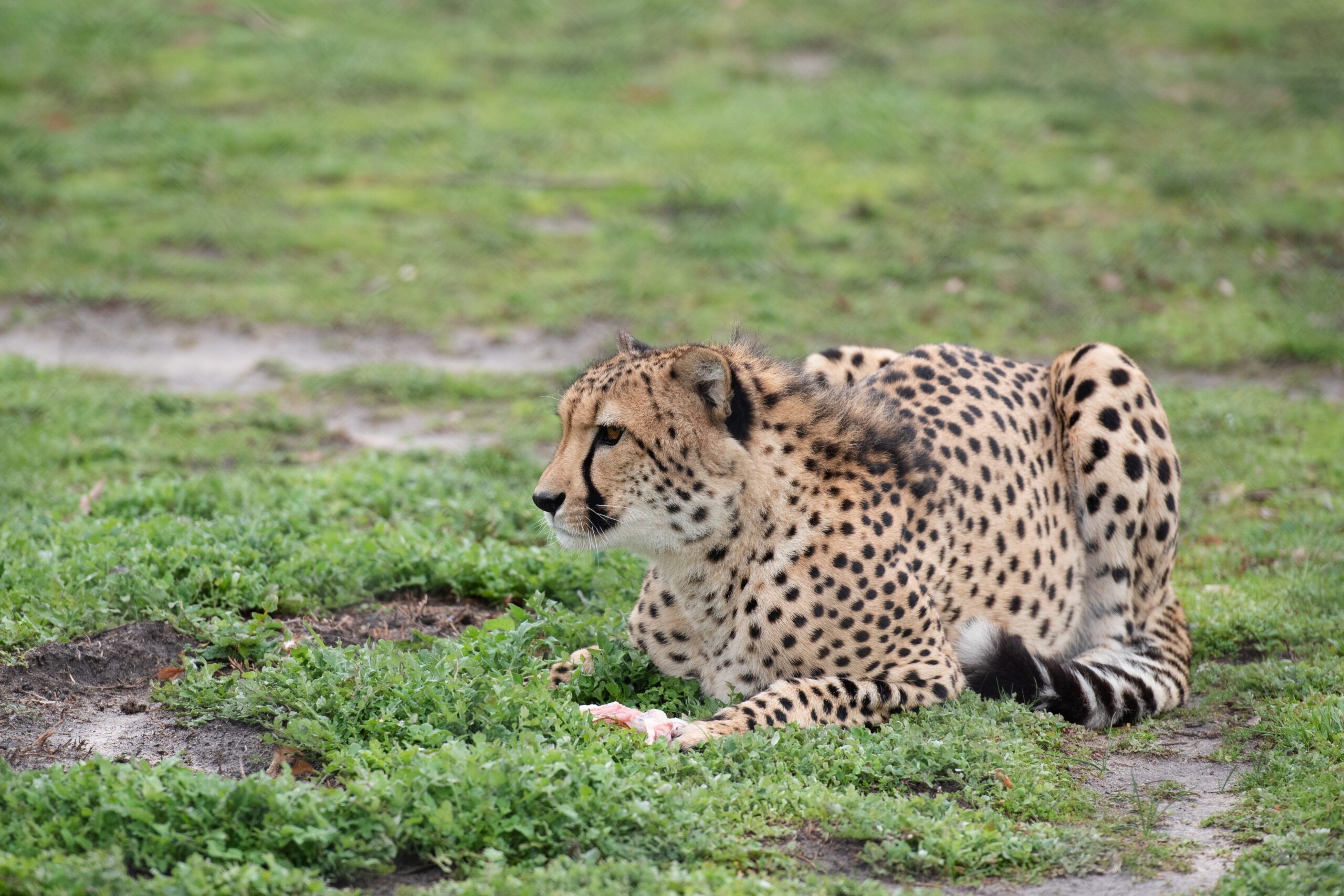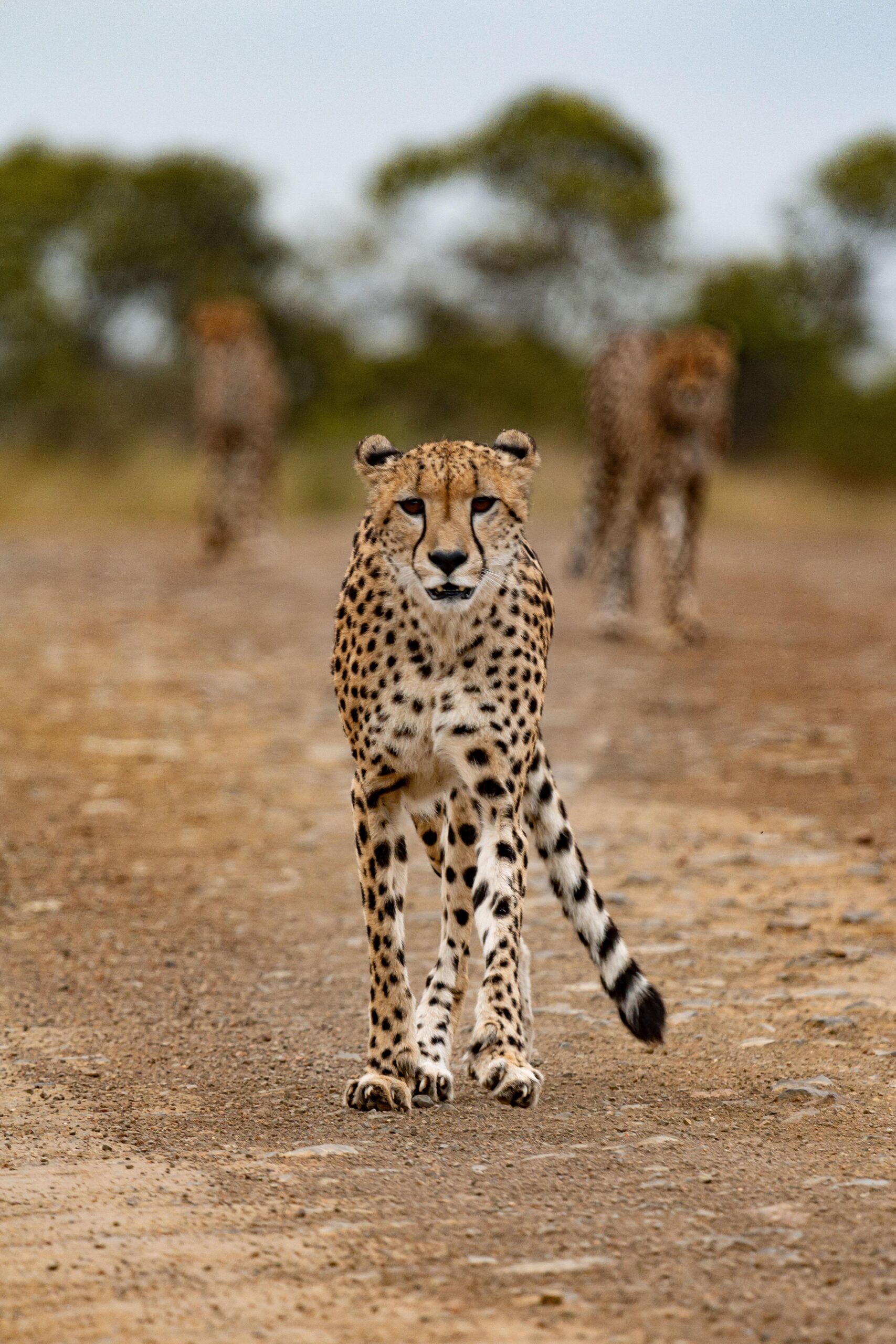‘Far-sighted’ and forward looking
Arguments and counter arguments are plenty on the topic of cheetah introduction into India. On Biodiversity Day, we can only hope that the costs and efforts pay off.
In a jungle musical chair, the land that was readied and ‘stocked up’ for the Asiatic lion, now has the African cheetah surveying the fruits. First came an installment of eight cheetahs from Namibia in 2022 followed by 12 this year from South Africa. The ambitious and one of the biggest relocation projects of a large, wild carnivore has been on the back-burner since 2009 till revived in 2020. Ten cheetahs will be sent every year for ten years at a total of around Rs 450 crores to create three small populations of African cheetah (Acinonyx jubatus jubatus) in India.
Considering that funds for Project Lion were halved from Rs 2000 to 1000 crores, and overall funds for wildlife cut by 47 per cent during 2018-21, (though partly increased by 24 per cent in the 2023-24 budget), it is natural to wonder why the cheetah expenditure. Attempts to conserve global cheetah population are welcome and necessary. But the plot of the story as it unfolded, with an incredible coincidence and some long-term claims, hints at more than conservation in the tale of how the African cheetah upstaged the lazy, ambling Asiatic lion.
One of the widely proclaimed reasons for the relocation of cheetahs in the Indian context is that the charismatic species will help restore India’s open forest and grassland ecosystems, which in turn will conserve biodiversity and provide myriad ecosystem services like carbon sequestration, water regeneration, etc. The charismatic keystone species will bring in funds and attention, promised the global cheetah conservation team. To keep the cats alive will require a good prey base and these herbivores will need foliage, which has to be protected from humans and livestock. The charisma of the exotic carnivore will help keep the areas secured and protected, and hence benefit many of the species facing dangers of imminent extinction.

Image by Barry Reed from Pixabay
However, detractors like conservation scientist Ravi Chellam believe that the project cheetah merely diverts attention and funds from more pressing conservation issues like that facing the Asiatic lion or the Great Indian Bustard. It is neither backed by science nor conservation priorities, he insists while terming it a ‘vanity project’. The claims made of reviving habitats are too fantastic to believe and impractical, he adds, noting that a viable population of 21 will require 10-15 years and wonders if the grassland ecosystems in the country can wait so long.
In a recent interview by NDTV, Anish Andheria, president of the Wildlife Conservation Trust, agreed that the cheetah could be a conduit for the survival of other species, if more open grasslands could be opened up with the involvement of human communities living off them. It would require around 3000 sq kms of land that is linked through corridors to ensure a viable population of cheetahs. The success of the Project Cheetah will be known not before 15 years, he told the channel.
The Asian cheetah (Acinonyx jubatus venaticus), a subspecies of the globally endangered African cheetah, was declared officially extinct when the last one was shot dead in 1947 for game. But unofficially it was sighted till as late as the 60s. The range of the cheetah was wide and covered almost all parts of the country with the cat adapting to various habitats except the rain forests. As human population began growing, the inevitable habitat loss for the cheetah along with poor prey availability, hunting and capture of cheetahs by the Indian royalty and British led to the total extinction of this predator from the sub-continent.

Baby cheetah by Dustin Plunkett from Pixabay
Cheetahs exist in low densities of one animal in 100 sq kms which would allow for a maximum of 7-8 in Kuno’s 740 sq kms. In fact, the home range of a female cheetah can cover the whole area and beyond, says Chellam, who believes the current movement of ‘surplus’ cheetahs from fenced reserves of Africa into a region where human density is 150 times higher, spells disaster. The cheetahs will take extensive excursions outside Kuno, he avers. The proponents insist the highly adaptable cat will adjust to the conditions and environment, small or large spaces. The cheetahs have been radio-collared too and will be monitored.
Most experts agree that the cheetah will not be a cause of concern regarding conflicts with human. On the contrary, the dangers to the animal are more from dogs and humans. The threshold of tolerance to wildlife in India is cited to be higher than in Africa.
A commentary ‘Are we sinking African cheetahs in India?’ in the South African Journal of Science has experts voice their fears. One, the wiping out of the indigenous Asiatic cheetah species, around 12 of which are found across Iran, if the translocated African cheetahs were to outbreed at some point. The Iranian cheetahs would be more suited for the Indian restoration project, they add. The proponents had noted that with numbers of Asiatic cheetah being very low, the inbreeding points to poor diversity in the gene pool. However, the present relocation too could lead to poor genetic diversity, say the authors, pointing to a founder population of 20 and a maximum of 36 which could see breeding between related individuals.
The current introduction plan to send ten cheetahs every year for ten years will leave no cheetah for restoration in Africa, they say. Contrast this with the statement of the cheetah action plan experts who have stated that the surplus cheetahs in some of the fenced reserves of Africa will force them to administer contraceptives to the carnivore!

Pic by Penny from Pixabay
The lead author of the action plan on cheetah introduction into India said that the Kuno park can sustain only 15, while prey-base calculations point to 21-36. This, say the journal authors, can mean a compromise in data quality and raises concern over space and prey requirements. Of the 20, with three dead, four cubs born and one female pregnant, the population has already overshot the capacity of prey base available (three of the cubs are dead since writing this post).
Noting the high 50 pc mortality rate cited for cheetahs in India’s Kuno, the authors say it shows a lack of understanding of the introduction process or the unsuitability of the area for the African cheetah. They also contend that most of the 20 cheetahs from Africa have been habituated to humans at some level and this could lead to issues in clashes with villagers.
Echoing similar sentiments in another recent paper, Namiban Cheetah Research Project team has warned of consequences from the introduction. The park is too small for the proposed numbers, the team too believes. Introduced cheetahs undertake long forays over an area of several thousand square kilometres in the first few months after translocation. This means they will most likely be also found far outside the national park, posing conflict situations, they warn.
Already one of the cheetahs had reached another state and was captured and sent back. The second batch has been kept in captive quarantine for almost a year now.
Science and conservation went hand in hand in conceiving the cheetah reintroduction in India, insist its proponents. Experts from IUCN, WTI in India, WII and the government representatives deliberated for a week on the science and conservation aspects before finalising the plan, said the founder and executive member of WTI, Vivek Menon to the BBC in an interview. Together with the WII, his organisation identified ten habitats ideal for the cheetah.
Finally, the government narrowed it down to three and, zoomed in on Kuno National Park, the very place ear-marked for translocation of the Asiatic lion.
Amidst all the criticism came some cheer as four cubs were born in March to two cheetahs brought in from Namibia. This symbolically marked 70 years since the Asiatic cheetah vanished from India. It was hoped that the four cubs will have good survival rates as they are within the enclosures right now. But to date, only one survives.

Image by Barry Reed from Pixabay
The African cheetah is believed to be on the brink of extinction, down to around 8000 from a 100,000 in early 19th century. A decline of about 50 per cent in the last 40 years alone, and 90 per cent in the last 100 years, caused largely by loss of habitat to agriculture, hunting and climate change has further been aggravated by a low reproductive success and poor gene diversity from inbreeding down the years (leading to high susceptibility to infections and environment pressures).
The plan to restore the cheetah in India sees the two sub-species as closely connected, with the distinction being more in the geography rather than the genes. Stephen J O Brien, well-known geneticist and conservationist, had back in 2009 told in an interview that the Asiatic and African cheetah shared a common ancestor as recently as 10-12,000 years ago, making the African cheetah a good candidate for ‘introduction’ in India.
Project cheetah proponents believe that sourcing cheetahs from two different regions of Africa ensures a good genetic diversity with judicious mating. Eventually the plan is to introduce cheetahs to some other sites too within the country, and hopefully across its former range through Pakistan, Afghanistan and parts of the Middle East.
Meanwhile, an increase of around Rs 600 crore for the ministry of environment, forest and climate change in the 2023-24 budget may seem like a sop until studied in comparison with the increases for coal sector and others. Today, we have 981 Pas with a total area of 1,71,921 sq kms in the country where wildlife has almost inviolate spaces, reports ANI. But we also have increasing number of man-animal conflicts, with leopards facing the brunt, and an increasing number of wildlife crimes and poaching. While wildlife crime cases dropped slightly from 859 cases in 2016 to 615 in 2021, it is still a major concern with many unreported. Globally, wildlife trafficking is the fourth largest trade after arms, drugs and human trafficking. Conviction rates in India are as low as 2 per cent.
Given the pressures from human population and habitat loss due to various infrastructure projects, across the country and globe, the prognosis is not too bright for the cat with the ‘forward facing eyes’. We can only hope it does not join the ranks of the northern white rhino.
By Jaya
